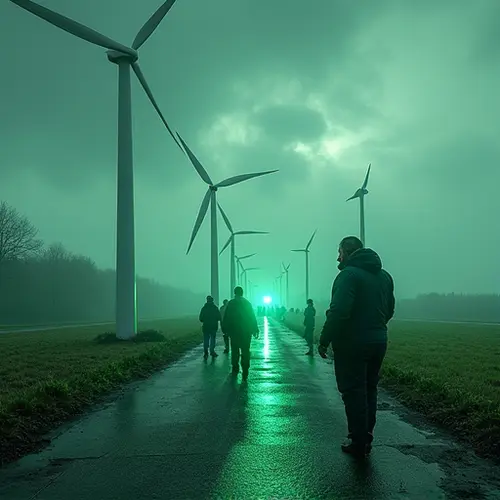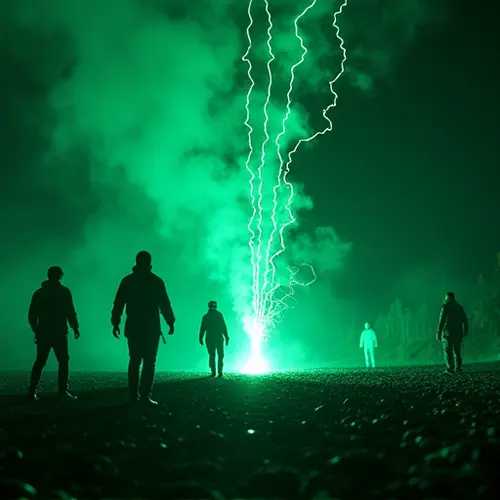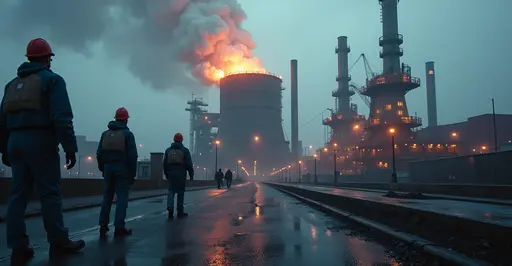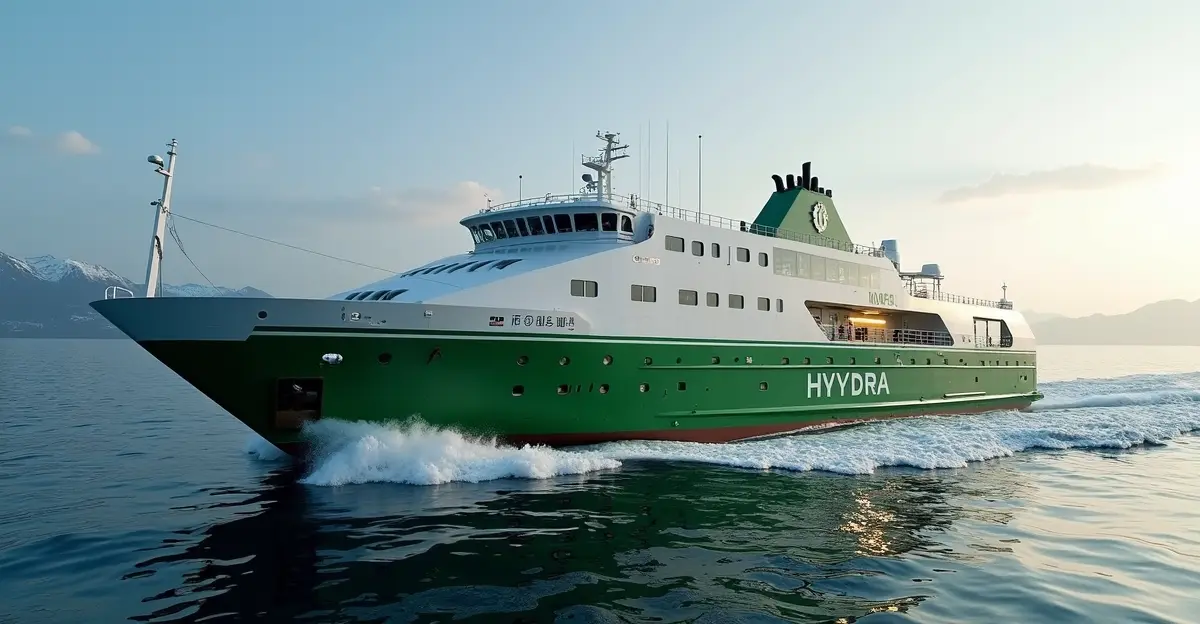Europe's first hydrogen freight trains launch in 2025, cutting emissions by 10,000 tons annually. Nestlé Waters pioneers the technology in France with Alstom and ENGIE, signaling a green revolution in rail transport.
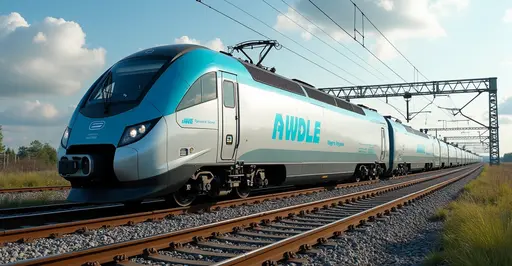
The Green Shift in European Freight Transport
Europe is witnessing a transportation revolution as hydrogen fuel cell technology transforms freight railways. With ambitious climate targets and the need to decarbonize heavy transport, several pioneering projects are demonstrating hydrogen's potential to replace diesel locomotives on non-electrified rail lines.
How Hydrogen Trains Work
Hydrogen trains generate electricity through fuel cells that combine hydrogen with oxygen. This powers electric traction motors while emitting only water vapor. The technology enables zero-emission operation without the need for extensive overhead electrification infrastructure. For freight applications, trains typically use a generator wagon containing hydrogen tanks and fuel cells that supply electricity to the locomotive via power cables.
Flagship Project: Nestlé Waters Leads the Way
Starting in 2025, Nestlé Waters France will operate Europe's first hydrogen-powered freight trains for its VITTEL® water transport. This innovative system developed by Alstom and ENGIE features:
- A hydrogen generator wagon with high-power fuel cells
- Renewable hydrogen supply chain
- Dual-mode operation (electric + hydrogen)
The trains will run between Vittel factories and distribution centers, covering routes up to 760 km. This project alone is expected to reduce CO2 emissions by 10,000 tons annually - equivalent to removing 30,000 car trips from Paris to Nice.
Technical Breakthroughs
Alstom's solution provides sufficient power for heavy freight operations, overcoming previous limitations of hydrogen technology. The generator wagon delivers electricity comparable to overhead catenary systems, enabling locomotives to maintain performance on non-electrified sections. This end-to-end electric solution eliminates diesel dependence while offering quiet operation and reduced vibration.
Europe's Expanding Hydrogen Rail Network
Beyond France, several European nations are advancing hydrogen freight projects:
| Country | Project | Timeline |
|---|---|---|
| Germany | Coradia iLint freight adaptation | Testing phase |
| Netherlands | Port of Rotterdam hydrogen corridors | 2026-2027 |
| Austria | Tyrol mountain route decarbonization | 2025 pilot |
The European Union's Green Deal provides significant funding through the Hydrogen Strategy, aiming to install at least 40 GW of renewable hydrogen capacity by 2030.
Challenges and Future Outlook
While hydrogen freight trains show immense promise, key challenges remain:
- Developing cost-effective green hydrogen production
- Building refueling infrastructure network
- Standardizing safety regulations across borders
Industry leaders are optimistic. "Our solution makes hydrogen competitive with diesel for heavy freight," says Marc Granger, Alstom's Chief Strategy Officer. "By 2030, we expect 15% of European freight trains could be hydrogen-powered."
The technology represents a crucial step toward the EU's goal of carbon-neutral transport by 2050, particularly for routes where full electrification isn't economically feasible.

 Nederlands
Nederlands English
English Français
Français Deutsch
Deutsch Español
Español Português
Português


